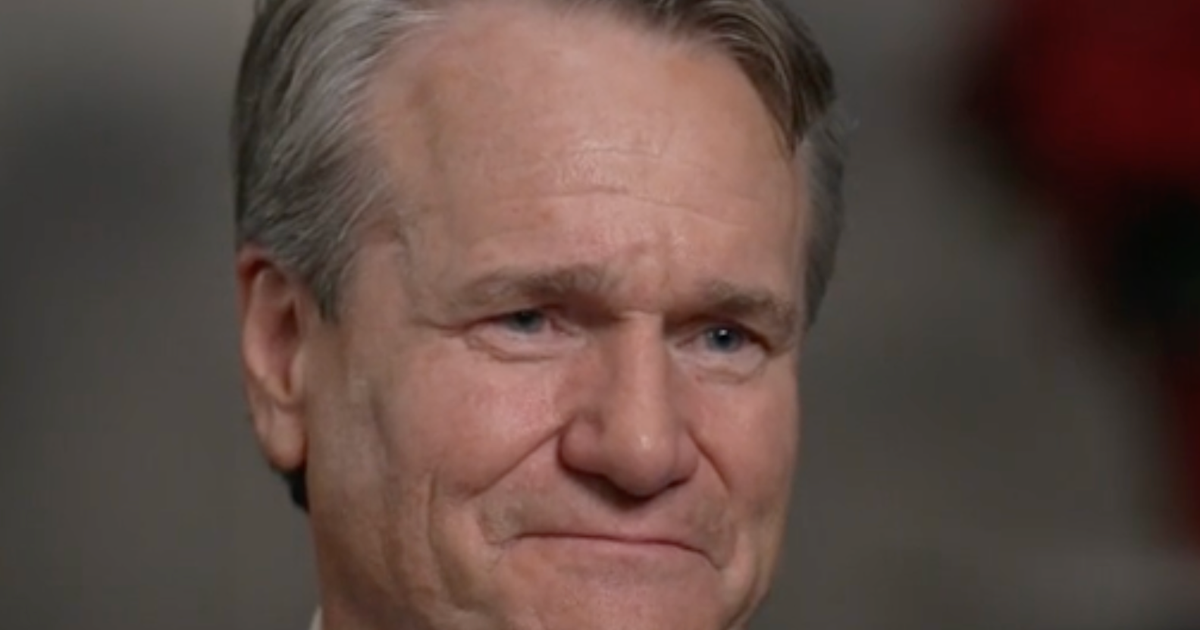Australia’s biggest superannuation scandal keeps getting bigger. Equity Trustees – which looks after the superannuation balances of 800,000 Australians – is now entangled in the “industrial-scale misconduct″ connected to the collapse of Shield Master Fund.
Shield’s collapse, along with similar failings at First Guardian, Lion Property, and Australian Fiduciaries, has eroded the savings of thousands of retirees and investors, in what has to be some of the most significant corporate collapses in recent memory.
If you’re aged over 50 and have been caught up in these collapses or other schemes that have fallen over, here’s how to get clarity on what to do next.

If you’ve been caught up in the collapse of a fund or investment scheme, there are routes to recovery.Credit: Simon Letch
Step one: take steps to recover. Liquidators and regulators are still working out if any money will be returned, but many victims – like Christian Thor Eriksen – fear they’ll get nothing.
“After liquidators take their insane cut, unit holders become creditors the same way a tradie loses their money if a builder collapses. We are last in the chain after secured creditors like banks,” Eriksen says.
This has prompted industry groups such as Super Consumers Australia to demand trustees such as Diversa, Netwealth, Macquarie, and Equity Trustees pay back investors.
Financial Advice Association chief Sarah Abood adds that investors must lodge Australian Financial Complaints Authority (AFCA) complaints not just against their financial adviser by June 2026, but all financial firms, including:
- Super platform providers like YourChoice Super, Australian Practical Superannuation, Praemium Super, NQ Super, Freedom of Choice and Super Simplifier.
- Auditors like BDO and Auditeo.
- And potentially research houses (Morningstar and SQM), digital marketers, and call centres who played a role funnelling money into the schemes.
“On the good side, for people in Shield and First Guardian funds, they were operating in the licensed system, so they have a chance of getting money back,” she says.
An AFCA determination can give investors access to the government’s Compensation Scheme of Last Resort (CSLR). Investors can also lodge a unit holder claim form with liquidators to recover remaining funds.

Sarah Abood, chief executive of the Financial Advice Association Australia.Credit: Dominic Lorrimer
Step two: take 15-30 minutes to assess your retirement trajectory. Now comes the brutal part: doing a rough assessment of where your retirement savings might be at for your age. You will need:
- Your most recent estimated superannuation balance (some investors in failed funds may have to take their best guess).
- Your expected annual income in the years ahead (it will help if you have a job where your employer needs to contribute the mandated 12 per cent to super).
- Your age.
- Your planned retirement age (there is no official retirement age in Australia, but Australians can claim the age pension from age 67).
Open up ASIC’s online Moneysmart Superannuation calculator and punch in your details. Your projected super balance – or your “retirement number” – is only a forecast. It becomes the income you live off in retirement, usually via an account-based pension, lump sum, or annuity.
If you need a new superannuation fund, read Moneysmart’s advice and use the Australian Tax Office’s (ATO’s) Super Fund Lookup tool to check if the fund is regulated.
Step three: think about retiring later or salary sacrificing. With the Moneysmart Superannuation calculator still open, find the “do you make additional contributions box” and select yes. Add in a 3 per cent before tax contribution – also called salary sacrifice.
Most superannuation funds offer some form of financial advice and can deduct the cost from your super balance - just ask them.
This can increase your retirement number by thousands. Increasing salary sacrifice to 10 per cent or 20 per cent can make even more of a difference. Then delay your retirement age by five years. Watch what that does.
Your retirement number is a trajectory or a forecast that you can change with a range of different contribution strategies which (ironically) can be offered by a licensed financial adviser or even from your new regulated superannuation fund.
Most superannuation funds offer some form of financial advice and can deduct the cost from your super balance – just ask them. Remember, most Australians will also qualify and rely on the pension.
Loading
Australians over the age of 67 can apply for the Age Pension, which provides up to $29,874.00 (single) and $45,037.50 (couple) per year, along with concessions and supplements like a health care card. Around 63 per cent of older Australians rely on a part pension, even if they have large superannuation balances.
Step four: learn about retirement income guides. Two simple tools can help you ballpark whether your retirement number will translate into enough income to support your lifestyle in retirement.
Firstly, the Association of Superannuation Funds of Australia’s (ASFA’s) Retirement Standard, which is a benchmark for how much income you’ll need to spend each year in retirement. For a “comfortable” lifestyle that’s around $51,278 (single) or $72,148 (couple) per year, and it assumes you own your own home.
If you don’t own a home and need to rent in retirement, then ASFA says you’ll need a retirement number of $385,000 for a couple and $340,000 for a single – and that offers only a “modest” lifestyle, with minimal health insurance or travel.
Secondly is Super Consumers Australia’s retirement savings targets. This tool helps you self-assess how much you need to save to retire on based on your age, whether you’re a single or a couple and how much you want to spend.
If you’re under the age of 55, then Super Consumers Australia says you’ll want between $130,000 and $1,177,000 by the age of 65, depending on whether you want an income of $37,000 per year right up to $91,000 per year.
Investment market performance will always remain uncertain and taking these steps gives you the power to rebuild. Ironically, a licensed personal financial adviser can probably tailor the best advice to recover your retirement plans – but you might not be willing to go there.
- Advice given in this article is general in nature and is not intended to influence readers’ decisions about investing or financial products. They should always seek their own professional advice that takes into account their personal circumstances before making any financial decisions.
Most Viewed in Money
Loading

















































